Mengya Liu
One2Any: One-Reference 6D Pose Estimation for Any Object
May 07, 2025Abstract:6D object pose estimation remains challenging for many applications due to dependencies on complete 3D models, multi-view images, or training limited to specific object categories. These requirements make generalization to novel objects difficult for which neither 3D models nor multi-view images may be available. To address this, we propose a novel method One2Any that estimates the relative 6-degrees of freedom (DOF) object pose using only a single reference-single query RGB-D image, without prior knowledge of its 3D model, multi-view data, or category constraints. We treat object pose estimation as an encoding-decoding process, first, we obtain a comprehensive Reference Object Pose Embedding (ROPE) that encodes an object shape, orientation, and texture from a single reference view. Using this embedding, a U-Net-based pose decoding module produces Reference Object Coordinate (ROC) for new views, enabling fast and accurate pose estimation. This simple encoding-decoding framework allows our model to be trained on any pair-wise pose data, enabling large-scale training and demonstrating great scalability. Experiments on multiple benchmark datasets demonstrate that our model generalizes well to novel objects, achieving state-of-the-art accuracy and robustness even rivaling methods that require multi-view or CAD inputs, at a fraction of compute.
* accepted by CVPR 2025
Self-supervised Shape Completion via Involution and Implicit Correspondences
Sep 24, 2024



Abstract:3D shape completion is traditionally solved using supervised training or by distribution learning on complete shape examples. Recently self-supervised learning approaches that do not require any complete 3D shape examples have gained more interests. In this paper, we propose a non-adversarial self-supervised approach for the shape completion task. Our first finding is that completion problems can be formulated as an involutory function trivially, which implies a special constraint on the completion function G, such that G(G(X)) = X. Our second constraint on self-supervised shape completion relies on the fact that shape completion becomes easier to solve with correspondences and similarly, completion can simplify the correspondences problem. We formulate a consistency measure in the canonical space in order to supervise the completion function. We efficiently optimize the completion and correspondence modules using "freeze and alternate" strategy. The overall approach performs well for rigid shapes in a category as well as dynamic non-rigid shapes. We ablate our design choices and compare our solution against state-of-the-art methods, showing remarkable accuracy approaching supervised accuracy in some cases.
Modeling Spatiotemporal Periodicity and Collaborative Signal for Local-Life Service Recommendation
Sep 22, 2023



Abstract:Online local-life service platforms provide services like nearby daily essentials and food delivery for hundreds of millions of users. Different from other types of recommender systems, local-life service recommendation has the following characteristics: (1) spatiotemporal periodicity, which means a user's preferences for items vary from different locations at different times. (2) spatiotemporal collaborative signal, which indicates similar users have similar preferences at specific locations and times. However, most existing methods either focus on merely the spatiotemporal contexts in sequences, or model the user-item interactions without spatiotemporal contexts in graphs. To address this issue, we design a new method named SPCS in this paper. Specifically, we propose a novel spatiotemporal graph transformer (SGT) layer, which explicitly encodes relative spatiotemporal contexts, and aggregates the information from multi-hop neighbors to unify spatiotemporal periodicity and collaborative signal. With extensive experiments on both public and industrial datasets, this paper validates the state-of-the-art performance of SPCS.
Long Short-Term Preference Modeling for Continuous-Time Sequential Recommendation
Aug 01, 2022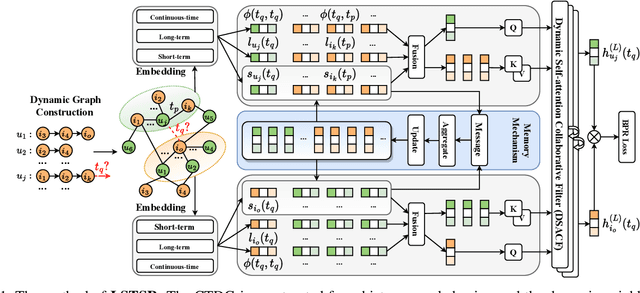

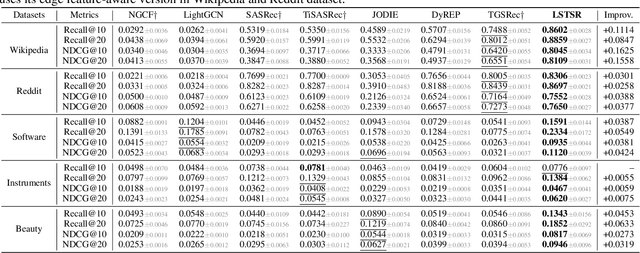
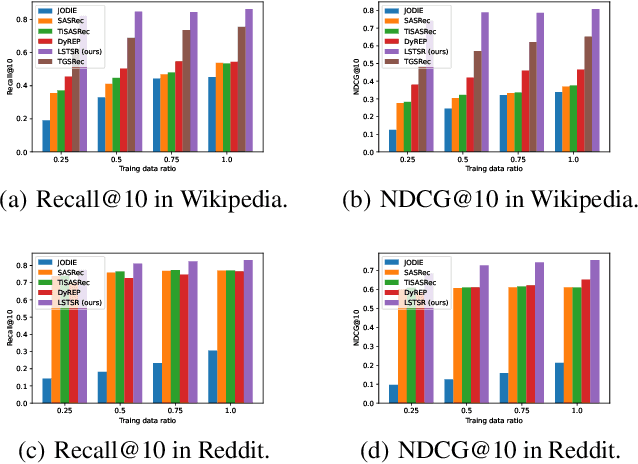
Abstract:Modeling the evolution of user preference is essential in recommender systems. Recently, dynamic graph-based methods have been studied and achieved SOTA for recommendation, majority of which focus on user's stable long-term preference. However, in real-world scenario, user's short-term preference evolves over time dynamically. Although there exists sequential methods that attempt to capture it, how to model the evolution of short-term preference with dynamic graph-based methods has not been well-addressed yet. In particular: 1) existing methods do not explicitly encode and capture the evolution of short-term preference as sequential methods do; 2) simply using last few interactions is not enough for modeling the changing trend. In this paper, we propose Long Short-Term Preference Modeling for Continuous-Time Sequential Recommendation (LSTSR) to capture the evolution of short-term preference under dynamic graph. Specifically, we explicitly encode short-term preference and optimize it via memory mechanism, which has three key operations: Message, Aggregate and Update. Our memory mechanism can not only store one-hop information, but also trigger with new interactions online. Extensive experiments conducted on five public datasets show that LSTSR consistently outperforms many state-of-the-art recommendation methods across various lines.
Go with the Flows: Mixtures of Normalizing Flows for Point Cloud Generation and Reconstruction
Jun 18, 2021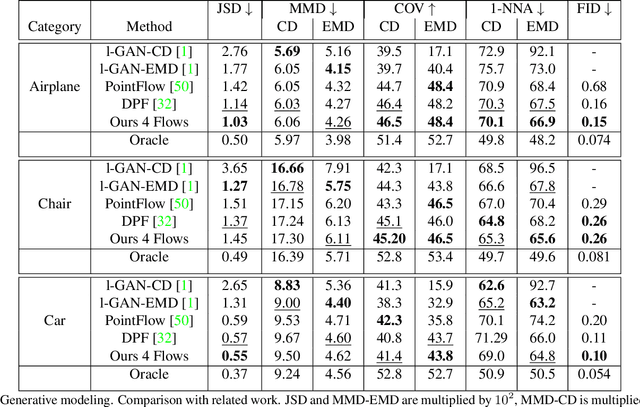
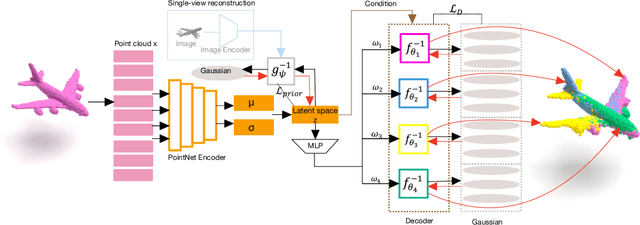
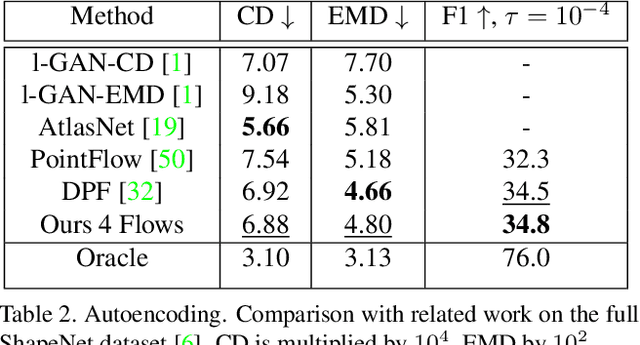
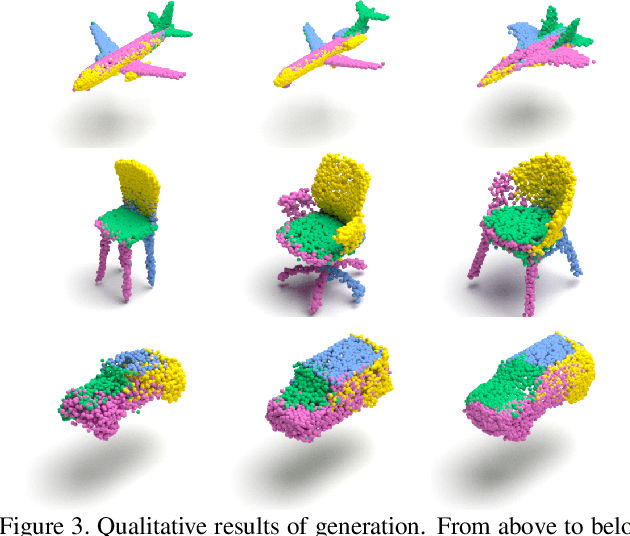
Abstract:Recently normalizing flows (NFs) have demonstrated state-of-the-art performance on modeling 3D point clouds while allowing sampling with arbitrary resolution at inference time. However, these flow-based models still require long training times and large models for representing complicated geometries. This work enhances their representational power by applying mixtures of NFs to point clouds. We show that in this more general framework each component learns to specialize in a particular subregion of an object in a completely unsupervised fashion. By instantiating each mixture component with a comparatively small NF we generate point clouds with improved details compared to single-flow-based models while using fewer parameters and considerably reducing the inference runtime. We further demonstrate that by adding data augmentation, individual mixture components can learn to specialize in a semantically meaningful manner. We evaluate mixtures of NFs on generation, autoencoding and single-view reconstruction based on the ShapeNet dataset.
Knowledge Graphs Evolution and Preservation -- A Technical Report from ISWS 2019
Dec 22, 2020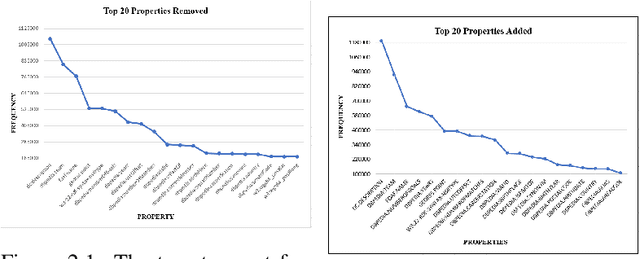
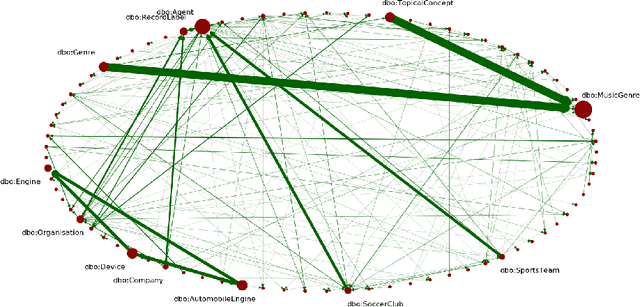
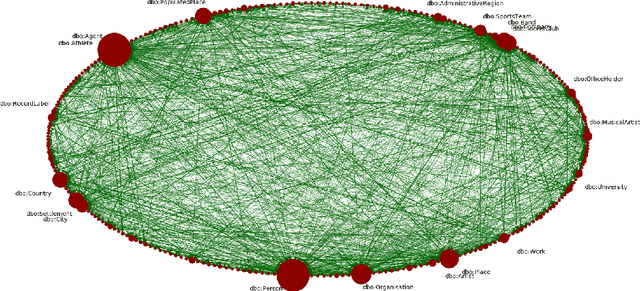
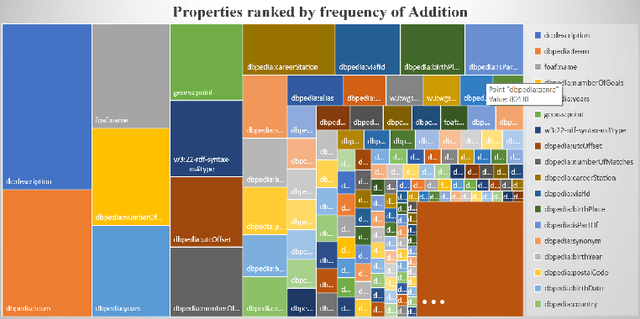
Abstract:One of the grand challenges discussed during the Dagstuhl Seminar "Knowledge Graphs: New Directions for Knowledge Representation on the Semantic Web" and described in its report is that of a: "Public FAIR Knowledge Graph of Everything: We increasingly see the creation of knowledge graphs that capture information about the entirety of a class of entities. [...] This grand challenge extends this further by asking if we can create a knowledge graph of "everything" ranging from common sense concepts to location based entities. This knowledge graph should be "open to the public" in a FAIR manner democratizing this mass amount of knowledge." Although linked open data (LOD) is one knowledge graph, it is the closest realisation (and probably the only one) to a public FAIR Knowledge Graph (KG) of everything. Surely, LOD provides a unique testbed for experimenting and evaluating research hypotheses on open and FAIR KG. One of the most neglected FAIR issues about KGs is their ongoing evolution and long term preservation. We want to investigate this problem, that is to understand what preserving and supporting the evolution of KGs means and how these problems can be addressed. Clearly, the problem can be approached from different perspectives and may require the development of different approaches, including new theories, ontologies, metrics, strategies, procedures, etc. This document reports a collaborative effort performed by 9 teams of students, each guided by a senior researcher as their mentor, attending the International Semantic Web Research School (ISWS 2019). Each team provides a different perspective to the problem of knowledge graph evolution substantiated by a set of research questions as the main subject of their investigation. In addition, they provide their working definition for KG preservation and evolution.
 Add to Chrome
Add to Chrome Add to Firefox
Add to Firefox Add to Edge
Add to Edge